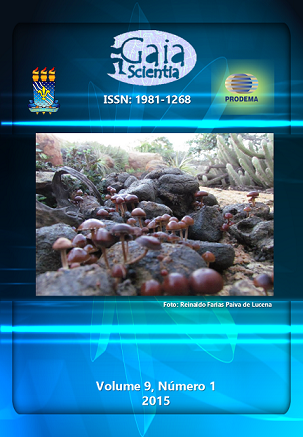Analysis of trace metals in soil samples. Case study: Sepetiba Bay Watershed, Rio de Janeiro, Brazil
Keywords:
Sepetiba bay Watershed, trace metals, soil, chemical industriesAbstract
Ecologists all over the world are annoyed about how to cope with the increased disposal of pollutants in rivers, lakes, and landfills surrounding cities. In response to this concern, it was done a survey to determine the trace metal levels at Sepetiba Bay Watershed, Rio de Janeiro, Brazil. Samples of soils were collected in several locations at the study site. For control, a few samples were used in presumably unpolluted zones outside the direct influence of the chemical industries. In Brazil, in 2001, the State of São Paulo through the Environmental Company (CETESB) pioneered the publication of guidance values for soils and groundwater. Concentrations of arsenic, chromium, copper, nickel, lead, zinc, cobalt, and cadmium were determined in those samples. Soils samples showed detectable concentrations for all the chemicals analysed, especially heavy metals. However, the pollutants levels for these chemicals in soil still present levels below than the maximum allowed concentrations established by Brazilian reference.Downloads
Download data is not yet available.
Downloads
Published
2015-12-11
How to Cite
FERREIRA, A. P. Analysis of trace metals in soil samples. Case study: Sepetiba Bay Watershed, Rio de Janeiro, Brazil. Gaia Scientia, [S. l.], v. 9, n. 1, 2015. Disponível em: https://periodicos.ufpb.br/index.php/gaia/article/view/18117. Acesso em: 19 dec. 2024.
Issue
Section
Ciências Ambientais










